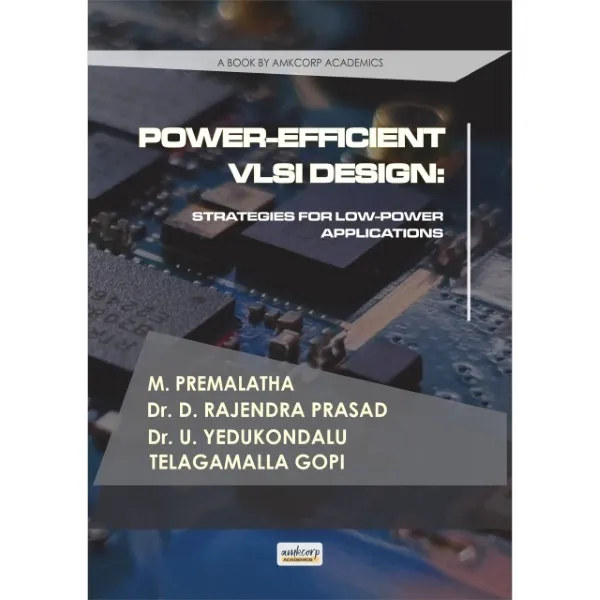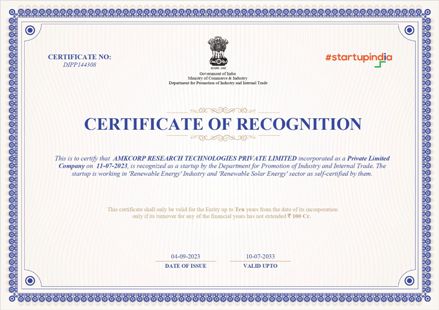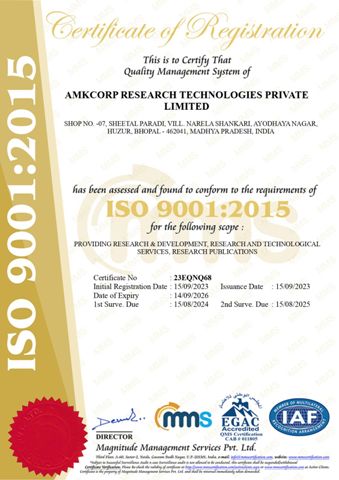Description
“Power-Efficient VLSI Design: Strategies for Low-Power Applications” is a comprehensive guide that explores the intricacies of designing energy-efficient integrated circuits, addressing the critical challenges and emerging opportunities in low-power VLSI design. This book serves as an indispensable resource for students, researchers, and industry professionals seeking to understand and implement power-efficient techniques in modern electronic systems.
Chapter 1: Introduction to Low-Power VLSI Design
Provides an overview of low-power design principles and their significance in VLSI.
Explores the historical perspective, challenges, and opportunities in power-efficient design.
Chapter 2: Fundamentals of Power Consumption in VLSI Circuits
Discusses sources of power dissipation, including dynamic and static power consumption.
Explores trade-offs and optimization techniques for reducing leakage power.
Chapter 3: Power Management Techniques
Covers clock gating, voltage scaling, power gating, and other techniques for power optimization.
Discusses dynamic voltage and frequency scaling (DVFS) and multiple threshold voltage design.
Chapter 4: Low-Power Design Methodologies
Explores power optimization at different design levels, including RTL, gate, layout, and system levels.
Discusses power-aware verification techniques for ensuring design reliability.
Chapter 5: Energy-Efficient Architectures
Examines techniques such as pipelining, parallelism, and instruction-level parallelism for power reduction.
Discusses power-efficient memory architectures and data path optimization techniques.
Chapter 6: Low-Power Digital Circuit Design
Covers low-power arithmetic circuits, logic design techniques, and clocking schemes.
Explores interconnect design and advanced flip-flop and latch designs for power efficiency.
Chapter 7: Low-Power Analog and Mixed-Signal Design
Provides an overview of challenges in analog and mixed-signal design and discusses low-power ADC and DAC design.
Explores energy-efficient RF circuit design and sensor interface design.
Chapter 8: Emerging Technologies for Low-Power VLSI Design
Discusses emerging technologies such as spintronics, tunnel FETs, neuromorphic computing, and quantum computing for low-power applications.
Chapter 9: Low-Power Testing and Design for Testability
Covers test challenges in low-power designs and techniques for power-aware testing.
Discusses built-in self-test (BIST), test compression, fault diagnosis, and test pattern generation algorithms.
Chapter 10: Low-Power Design for IoT and Wearable Devices
Explores energy constraints in IoT and wearable devices and discusses power-efficient processors and communication interfaces.
Covers energy harvesting techniques and battery management strategies.
Chapter 11: Case Studies and Applications
Presents case studies in low-power design for mobile devices, automotive electronics, data centers, medical implants, and green computing.
Chapter 12: Future Trends and Challenges
Provides insights into future trends, challenges, and cross-disciplinary approaches for power optimization.
Addresses ethical and environmental considerations in low-power VLSI design.
“Power-Efficient VLSI Design: Strategies for Low-Power Applications” offers a comprehensive overview of power-efficient design techniques, emerging technologies, and real-world applications, making it an essential resource for anyone involved in the design and development of energy-efficient electronic systems.







Reviews
There are no reviews yet.